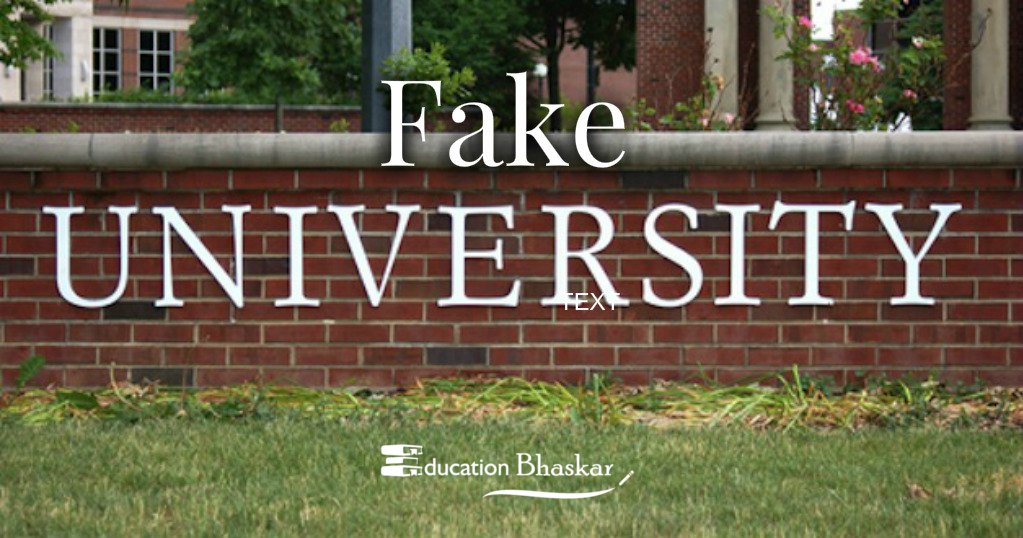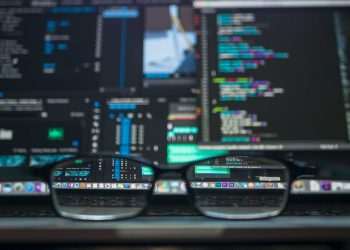DEI is an abbreviation that stands for Diversity, Equity, and Inclusion. Many organizations have approved DEI training to build a safer and more equitable workspace.
It aims to create awareness and skills that support marginalized employees. This training builds a higher degree of engagement, productivity, and innovation at the workplace.

There is a need to discuss some of the benefits of DEI training and a few other things.
- Raise awareness of unconscious bias
Unconscious bias is a stereotype about a particular group of people that individuals form outside their conscious awareness. It is a learned assumption, attitude, or belief that we may not be aware of. Unconscious bias greatly influences our professional lives.
It detects how we interact with our colleagues from our train of thought. This can, in turn, create challenges for companies, especially when it comes to recruitments and decision-making.
An example of unconscious bias in the workplace is when a recruiting panel favors male candidates over female candidates, although they are both highly qualified.
Some companies go to the extent of paying their male employees higher than female employees even though they all perform similar tasks.
A panel must be aware of these biases when recruiting for an organization as they may negatively impact an organization’s success, workplace culture, and team dynamics.
DEI training helps create and raise awareness of the various biases experienced in workplaces, such as gender bias, ageism, name bias, beauty bias, conformity, horns effect, and more. It also suggests ways one can avoid these implicit biases. Every employer should care about diversity and inclusion.
- Address workplace micro-aggressions
Microaggressions are subtle or indirect statements, actions, or insults against a marginalized group in the workplace because of their race, gender, age, or sexual orientation.
They may be intentional or unintentional but hostile and demeaning. These aggressions are not micro per se because of how hurtful they can be to an individual.
There are three main workplaces microaggressions; behavioral, environmental, and verbal.
- Behavioral – actions or symbols that communicate a message that seems insensitive to identity stereotypes.
- Environmental- is lack of representation and diversity in the workplace like race, gender, and ethnicity, to mention a few.
- Verbal- saying things that may not seem to be but are offensive to a marginalized group of people.
It may be challenging to resolve these aggressions because they are not obvious, direct, or malicious. Sometimes, the perpetrator is unconscious of these aggressions. The most common categories of microaggressions are microassaults, microinsults, and microassaults.
A DEI training creates awareness to both employers and employees of unknowingly encouraging this behavior. Training helps aggressors know that they have crossed a line by being insensitive and how they recognize and appreciate the value in everyone’s differences.
Training creates awareness and understanding of what microaggressions are, their different forms, and healthy ways to respond as a target or perpetrator.
For example, a target can seek support from trusted peers and colleagues, professionally address the aggressor’s heads, or seek assistance from the Human Resource department. HR managers are also advised to update company policies and hire an organizational psychologist to provide training to stop microaggressions. Read more here https://www.forbes.com/sites/forbeshumanresourcescouncil/2021/05/19/15-key-benefits-of-dei-to-communicate-with-team-members/?sh=5c0cadb8195c
- Promote cultural competency
DEI and cultural competency are from the same branch. We learn to embrace diversity, equity, and inclusion once we are culturally competent.
All employees must acknowledge, understand and respect the different cultures that they all come from. We all come from different backgrounds, races, cultures and have different beliefs and experiences. We must, however, learn how to co-exist and interact among ourselves peacefully.
Cultural competency fosters a sense of belonging. Before educating oneself about others, one must know and understand their own culture first. Employees must have Diversity, Equity, Inclusion training to learn how to serve other people from different backgrounds, races, and cultures.
With training, you learn boundaries that you must maintain to have a respectful relationship with your peers and colleagues. Cultural competency affects the capability and quality of work.
Organizations embrace this training to hone their employees’ cultural competency skills. One can achieve this through assessments, education, and cross-cultural interactions. Cultural competency encourages individuals to be open-minded and non-judgmental to others regardless of their culture, race, age, gender, religious beliefs, and more. Click here to read more insights.
Conclusion
The racial and social justice global movement has focused on diversity training and building a workplace culture of diversity, equity, and inclusion. Training amplifies a leader’s commitment in communicating the company’s commitment to DEI, its importance, and full participation of every employee, setting expectations for their behavior.
This training creates awareness and understanding of what employees, employers, and organizations generally can do to embrace an inclusive, diverse, and equitable workplace culture for everyone. Training also helps build a relationship, trust, communication, and empathy. It should be mandatory for all staff members to undergo this training. Always opt for in-person training, ask for feedback from staff after the training, and commit to ongoing learning.










